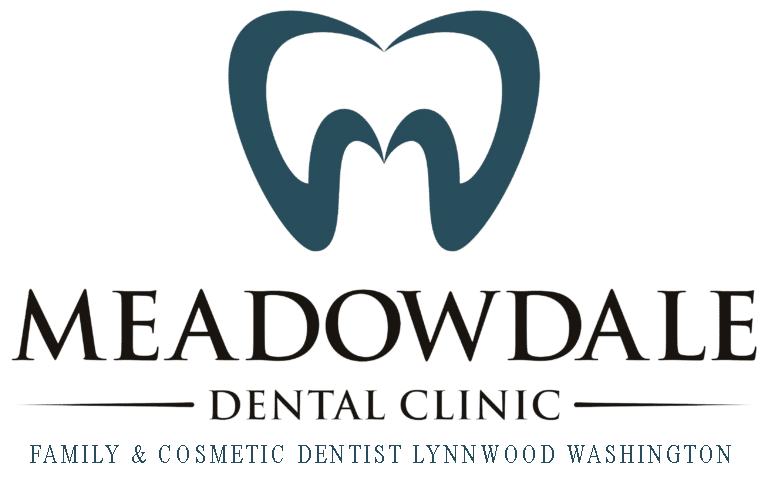Fix Missing Teeth
If your smile has changed because you have lost a tooth from an accident or from tooth decay, you have a number of options to restore your smile to a complete toothy grin. Here are the five most common ways to address missing teeth:
- Removable Partial Denture
When you want to replace one or more missing teeth during the day, a removable denture is the option that allows you to take out the replacement teeth at night. The denture may use metal clasps to keep the teeth in place but the metal clasps may also be visible when you talk or open your mouth. Additionally, removable dentures can slip out of place when talking or eating. This movement may be uncomfortable or embarrassing for you. Removable dentures are designed to be taken out every night for cleaning and do not require any adjustments to your other remaining teeth. If you are missing more than one tooth, this may be the most economical way for you to replace your teeth.
- Temporary Denture
When the dentist needs a short term solution for a missing tooth, the dentist can fit your mouth with a “flipper”. Temporary dentures are used as an in between step after extraction before a bridge or an implant to allow the mouth to heal. Flippers are similar to removable dentures but are not as sturdy or as expensive as they are not designed to be used as a long term solution.
- Bridge
When you have teeth on either side of the missing tooth, the dentist may suggest a bridge to replace the missing tooth. A replacement tooth is anchored on either side by an abutment or a crown. The teeth on either side need to be ground down to accommodate the crowns. The bridge is permanently cemented in place and can help when the surrounding teeth have crowns to address decay or damage. Unfortunately, bridges do require the teeth on either side to be cut down even if they are healthy and bridges on the lower jaw may not last as long due to the movement of the jaw. Bridges require changes to your at home dental care routine and bacteria can still cause problems to your surrounding teeth.
- Dental Implant
Dental implants are a great option for long term tooth replacement as the implant looks like and acts like your natural teeth. Unlike dentures, dental implants do not move when chewing, brushing or talking but dental implants do require invasive procedures. The dentist will need to place a post in your gums to support the replacement tooth, then attach an abutment to the post for the replacement tooth. Dental implants can mimic your natural teeth so well that it is difficult to spot implants once they are in place. They can replace more than one tooth and do not require any adjustments to the surrounding teeth unlike bridges. However, your jaw bone needs to be healthy enough to support the implant so not everyone is a candidate for dental implants.
- No Action
If you choose to not take any action after you lose a tooth, you can expect additional changes in your mouth over time. Without the pressure from the tooth on the jaw bone from chewing and eating, the jaw bone will start to deteriorate. The surrounding teeth will shift with the additional space in your mouth and the surrounding teeth are more susceptible to decay without the protection from the missing tooth.
More on Fixing Teeth : Fix Cracked Teeth
